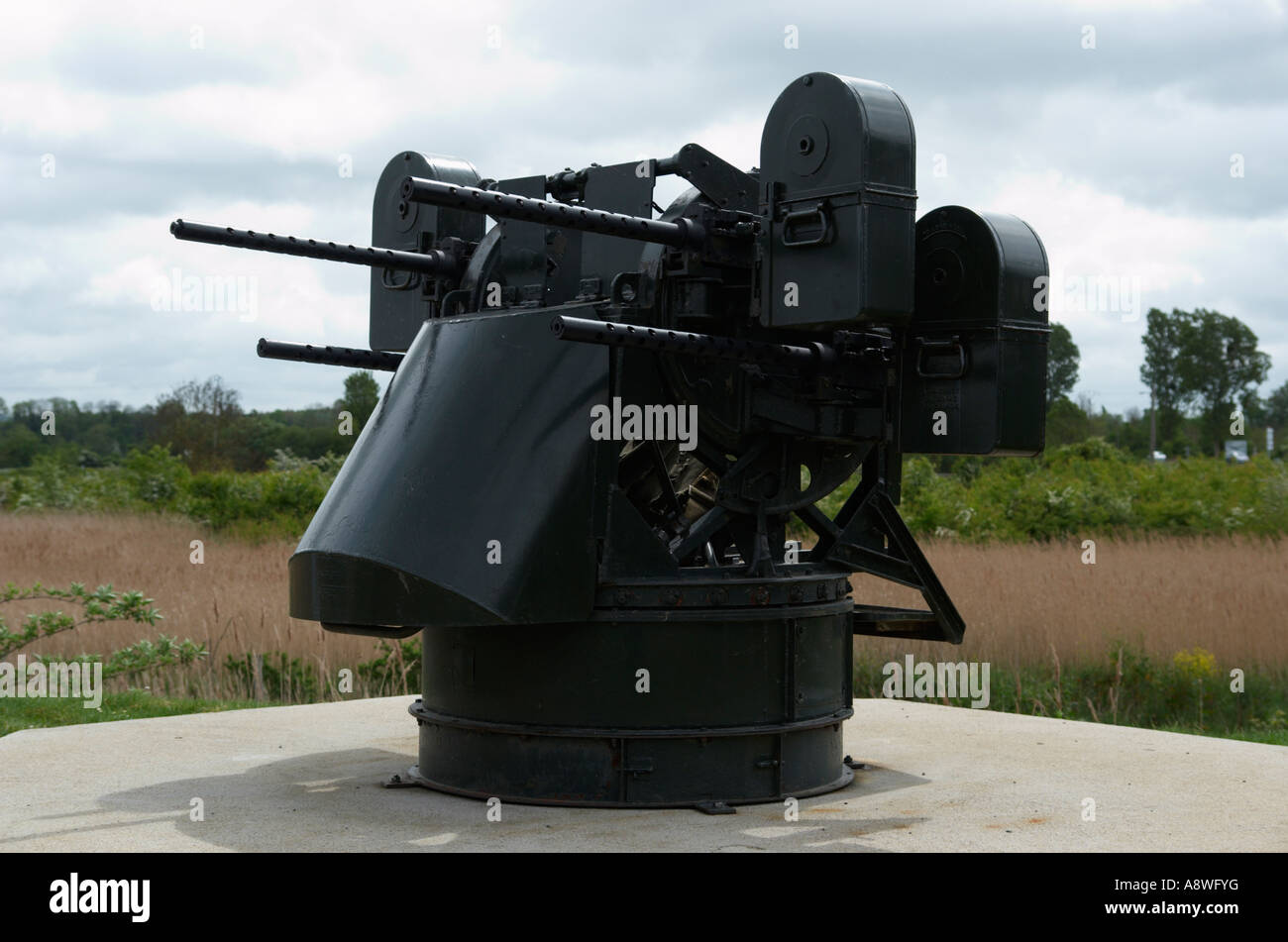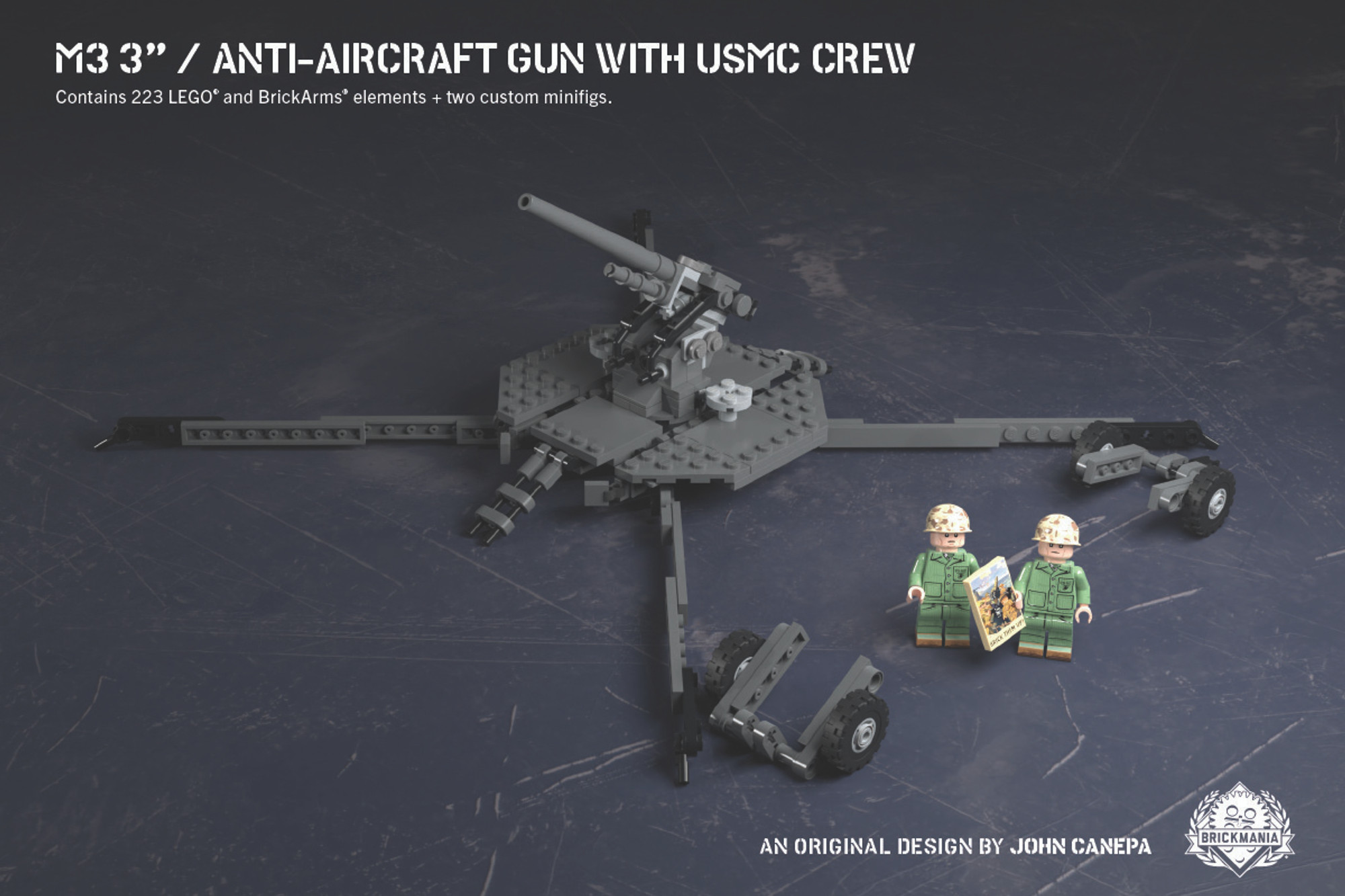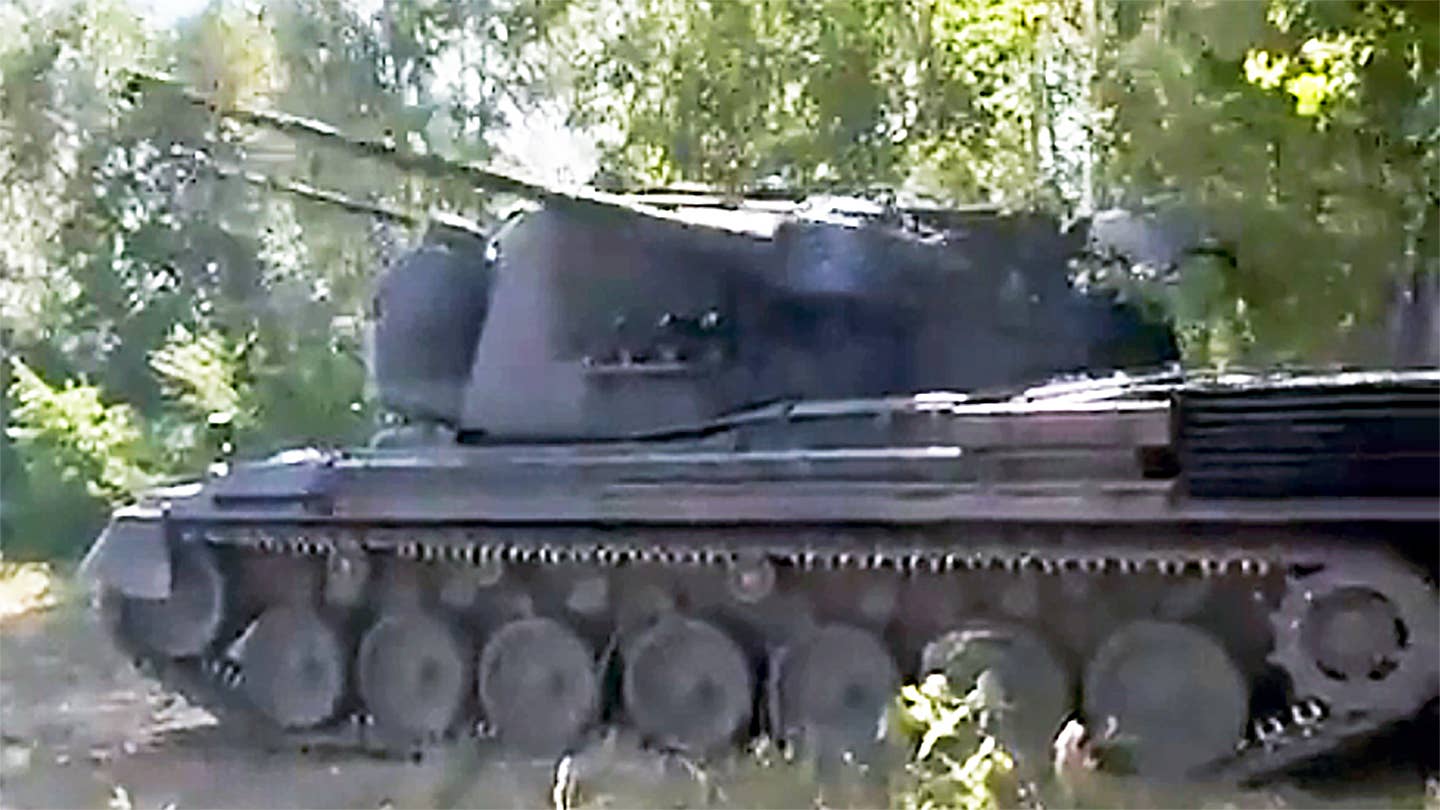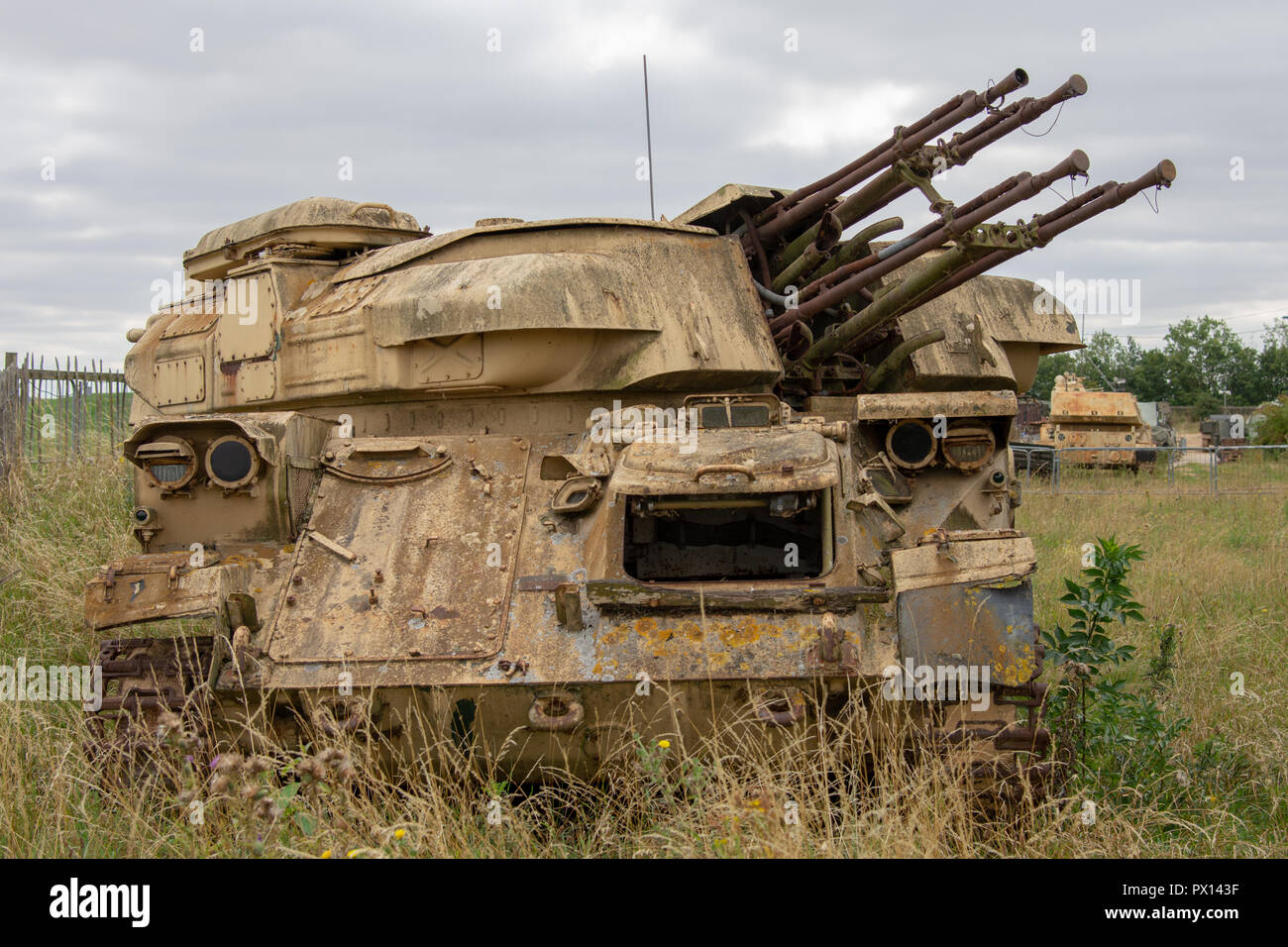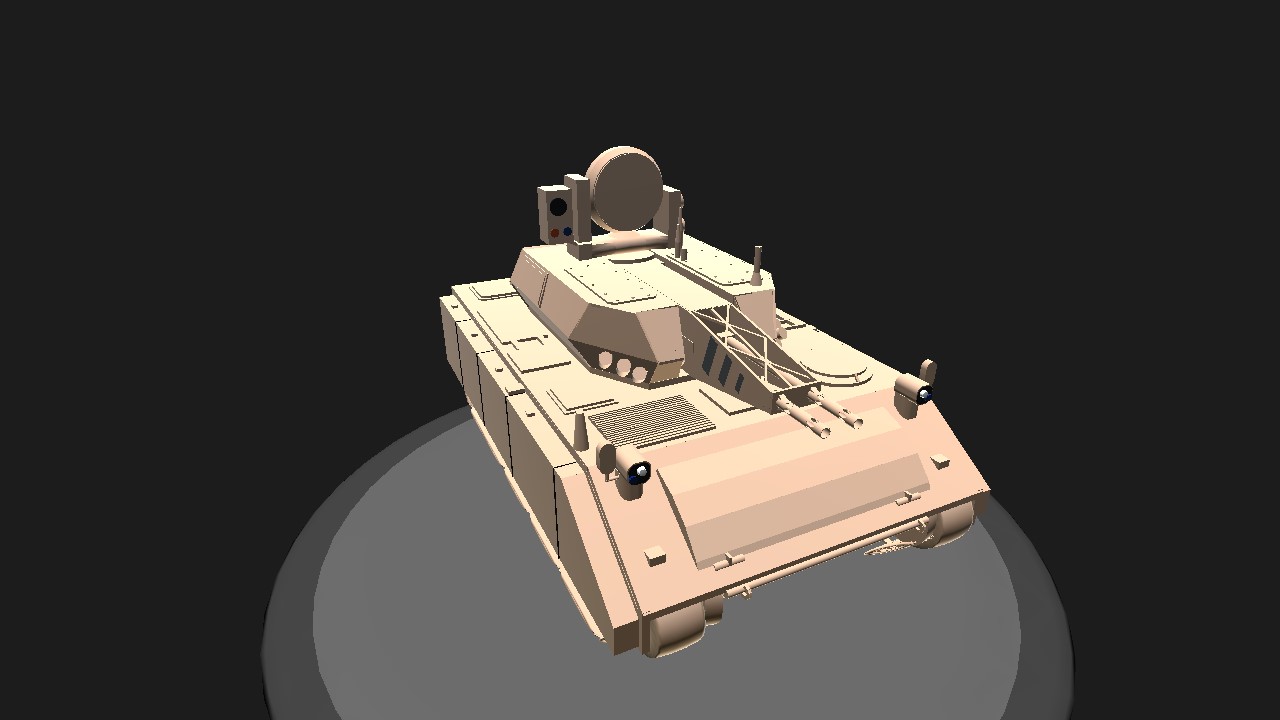Airplane Toilet - An airplane toilet or an airplane toilet is a small room in an airplane that contains a toilet and a sink. They are most common on tourist trips except for some short trips. Airplane toilets were historically chemical toilets, but most now use a vacuum flush system.
Royal Air Force Vickers Wellington bomber crew in World War 2. To his right is the chemical cabin of the "Elsan" aircraft (1939-1941).
Airplane Toilet
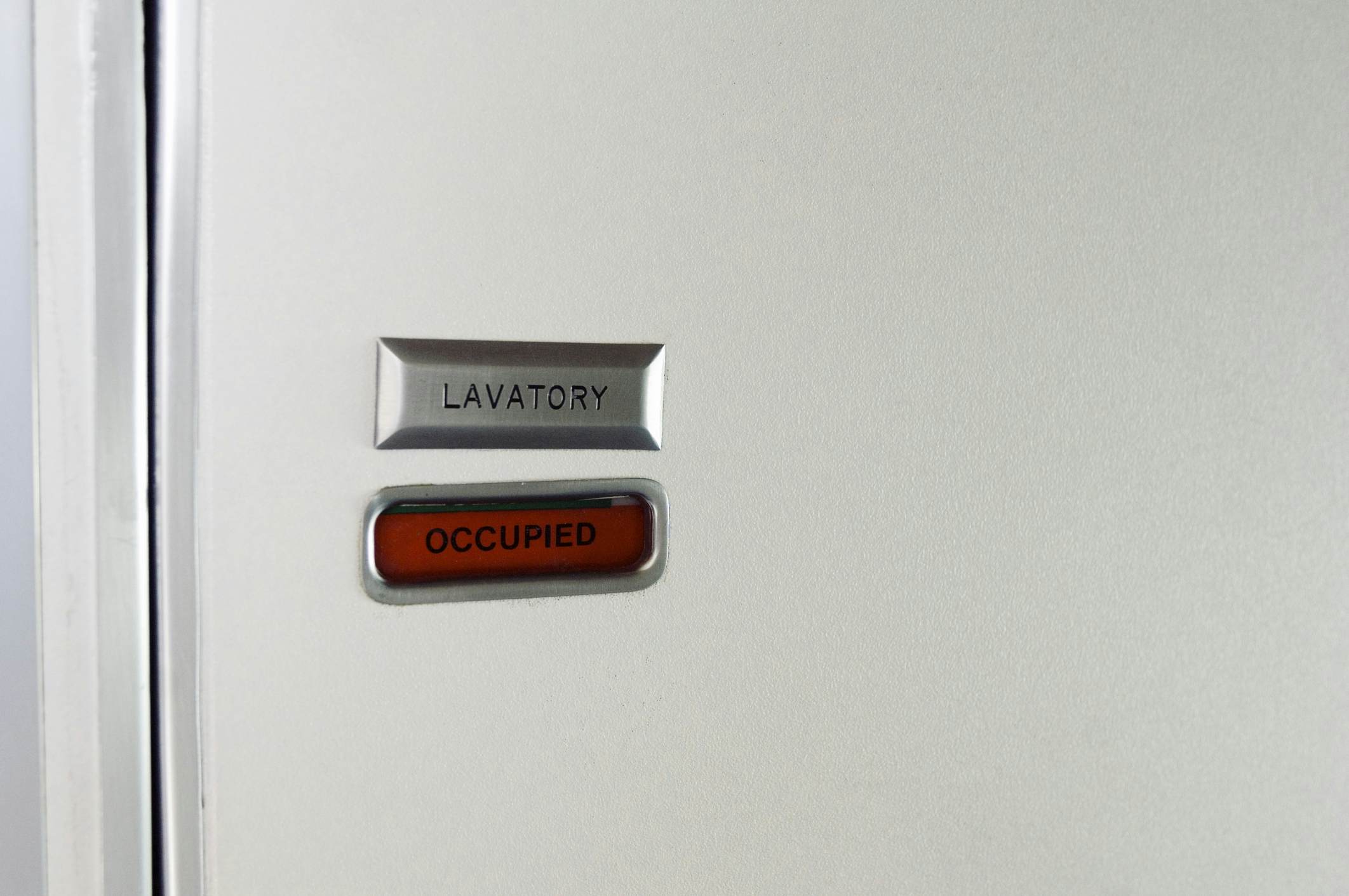
However, Caproni crashed on his second flight and never saw service. The Handley Page H.P.42, built in 1928, was fitted with toilets near the cockpit.
Shrinking And Unsanitary Bathrooms Put The Squeeze On Travelers
The British flying boat Stranraer, which first sailed in 1934, was fitted with a ventilated cabin. When the hood was raised on the plane, the air flow produced a whistling sound, leading to the so-called "whistle shithouse" plane.
The Short Sunderland flying boat, which saw military service from 1938 to 1967, was well equipped to carry a porcelain toilet.
During World War II, large bombers such as the American Boeing B-17 Flying Fortress and the British Avro Lancaster carried chemical toilets (basically a bucket with a seat and a lid, see bucket toilet); In British usage, they are called "Elsans" after the company that made them. These are often heavy and difficult to use. The extreme cold required the crew to wear more heavy clothing, and the pilot had to avoid giving little warning. They were disliked by bomber crews, who avoided using them if possible.
Bombers sometimes like to urinate in bottles or urinate in cardboard boxes discarded from the plane.
Airplane Loos Are Not The Dirtiest Place On The Plane
During World War II, small fighter-like aircraft were equipped with devices called "relief tubes". They have a funnel attached to a pipe that leads outside and is used to drain the water. These materials are difficult to use and can freeze and prevent high temperatures.
Such devices are sometimes still included in modern military aircraft and small, autonomous aircraft, although it is difficult for women to use them. Male pilots on long-haul flights may wear an external catheter that goes into a collection bag or is connected to the urinary tract. If this last method is used, care should be taken to design the system so that the flow of urine does not come into contact with other parts of the aircraft, where it can cause corrosion.
Another solution to draining on long military patrols, especially on modern naval vessels where the pilot is strapped to his seat, is to use a sponge-lined storage bag, which is discarded when the plane is flying.

The number of bathrooms per passenger provided on board varies greatly from airline to airline and from airline to airline. In North American airlines, including low-cost, charter and scheduled airlines, the generally accepted minimum is one toilet for every 50 passengers. However , in the first and business class cabins, passengers can find several toilets reserved for their use. These proportions of toilets per passenger vary greatly, with some first class passengers having one toilet for every 12 passengers depending on the aircraft they are flying. In addition, many major long-haul airlines choose to equip their planes with larger cabins for these passengers who are willing to pay higher fares.
How Do Airplane Toilets Work?
Regional flights designed for short-haul and short-haul flights may not have lavatories. In fact, many regional airlines in North America have begun the process of eliminating the refilling of hand wash water tanks to reduce weight, fuel consumption and service costs.
Modern cockpits are very spacious and feature features that require significant initial and long-term investment by the world's airlines to design and develop. Airlines and aircraft manufacturers are constantly researching ways to improve lavatory design technology to increase efficiency and reduce production costs while maintaining adequate levels of safety, cleanliness and comfort.
For this reason, most modern toilets are no longer of the "chemical blue" electric flush toilet type. Instead, lavatory manufacturers have progressed to "vacuum flush" technology. , patented in 1975, removes solid and liquid waste from the basin.
Some of the benefits of vacuum flush technology systems, from the point of view of aircraft manufacturers, are additional safety features due to the reduced risk of harmful waste being spilled into the rooms around the toilets, which are difficult to clean. he defended. Additionally, vacuum flush systems are considered odorless and very light in weight, saving energy by reducing the need to carry large pools of gray water.
Do Airplane Toilets Dump Waste While In Flight?
Built-in cabinets may hold extra toilet paper and other supplies, but are usually locked or have discreet release mechanisms. There is an easy way to release under the mirror/sink area. When pressed, a small button is held down and the mirror lifts up to reveal products such as toilet paper, toilet soap, feminine hygiene products and more. The toilet and sink are usually a molded plastic or stainless steel sink; The floor is usually a non-slip surface. On newer planes, premium or first-class cabins are spacious and offer more toilets and other amenities.
It is said that smoking on airplanes is not only prohibited in many parts of the world, but sometimes the ashes are not collected. However, the Federal Aviation Administration requires that ashtrays continue to be installed in the doors of airplane cabins because of the fire hazard caused by improper disposal of flammable materials used in the trash. of the toilet.
In 2011, a Jazz flight from Fredericton, Canada to Toronto was prevented from flying because an ash tray was missing - instead the plane flew to Halifax without passengers to install a new tray of ash.

The waste pits contain halon fire extinguisher bottles and "oxyg-smothering flapper" lids and the toilets are equipped with smoke detectors. Over time, these protective devices have been incorporated into the designs of airlines due to fires that start due to improper disposal of smoking materials by careless smokers or ignorant smokers in the past. Also, the risk of accidental ignition in the toilet is considered higher than in other parts of the cockpit, as a fire has a long time to develop before a passenger or crew member is aware of it. Several accidents and/or emergency landings have been linked to fires in or near toilets, such as Varig Flight 820 and Air Canada Flight 797 in 1973 and 1983, respectively.
A New Design Promises To Quiet The Terrifying Roar Of Flushing An Aeroplane Toilet
If the fire extinguisher or smoke detection systems in the cabin are not working, the aircraft is still allowed to fly if the cabin is not accessible to passengers and is used only by the crew.
Every aircraft that has a bathroom or lavatory must dispose of its waste in some way. The job of a "lav agt" is to wash the lavatory machine when the planes arrive. In areas where there are few or small planes, a "lav cart" (basically a small lav truck pulled behind a tow) is used to service the toilets. In airport areas with passenger traffic, lavatory augts often use trucks with large tanks that do not need to be emptied frequently, known as honey carts. These trucks are equipped to enter waste ports on the plane that are otherwise impossible to access. If you've ever been to the bathroom on an airplane, you know the loud "woosh" sound. After you wash. But have you ever wondered how plumbing works on an airplane? Here, our plumbers explain:
The toilets you are most familiar with are domestic toilets, which use a bowl full of water. When you press the handle to flush the toilet, the flush valve opens to allow water to flow from the tank to the bowl. This rush starts the operation of the fan that drains the contents of the toilet and the water in the tank starts to fill up again. Meanwhile, gravity moves the waste down the pipes and into the septic tank or sewer system.
If you've ever noticed, you've noticed that an airplane toilet doesn't have the same flush as a home toilet. This is because the water breaks up when the plane takes off, lands and hits turbulence. Since there is no water, there is no way for gravity to form a funnel and remove waste from the toilet. That's why airplanes use a vacuum system to suck out the contents of the bowl and tank. When you press the "flush" button, it opens the valve in the sewer line and the toilet needs less water to flush (making vacuum toilets work better).
Airplane Lavatory Toilet Stock Photos
So why don't we use vacuum toilets for home and commercial use? Good question. Vacuum toilets not only use less water, but also
Toilet roll airplane, airplane toilet paper flush, airplane toilet flush sound, airplane toilet door lock, airplane vacuum toilet, airplane toilet flush, airplane toilet door, airplane toilet sign, airplane toilet waste disposal, toilet in airplane, mythbusters airplane toilet, toilet paper airplane







